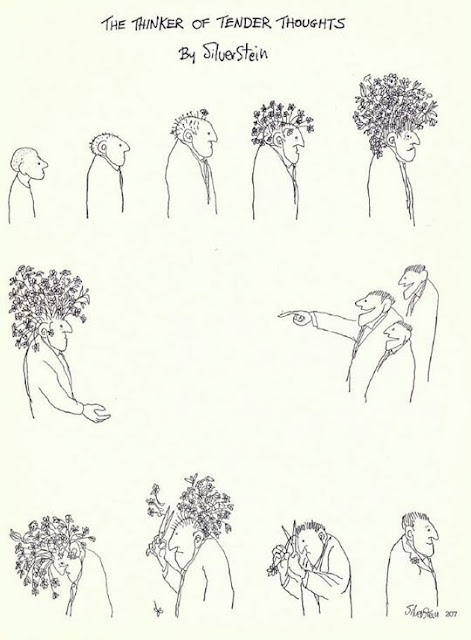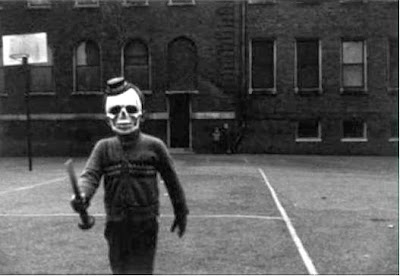South Carolina authorities say a 44-year-old woman angry at a man for returning home without beer on Christmas beat and stabbed him with a ceramic squirrel.
The Charleston County Sheriff's office says in a report that deputies found a man covered with blood when they arrived at Helen Williams' North Charleston home early Wednesday. She told investigators the man fell and cut himself, but couldn't explain why her hands and clothes were also bloody. Deputies say the man said Williams was so angry when he returned without beer because stores were closed on Christmas Eve that she grabbed a ceramic squirrel, beat him in the head, then stabbed him in the shoulder and chest.
Williams was in jail Friday and charged with criminal domestic violence. It wasn't known if she had a lawyer.
HuffPo
The Charleston County Sheriff's office says in a report that deputies found a man covered with blood when they arrived at Helen Williams' North Charleston home early Wednesday. She told investigators the man fell and cut himself, but couldn't explain why her hands and clothes were also bloody. Deputies say the man said Williams was so angry when he returned without beer because stores were closed on Christmas Eve that she grabbed a ceramic squirrel, beat him in the head, then stabbed him in the shoulder and chest.
Williams was in jail Friday and charged with criminal domestic violence. It wasn't known if she had a lawyer.
HuffPo















































